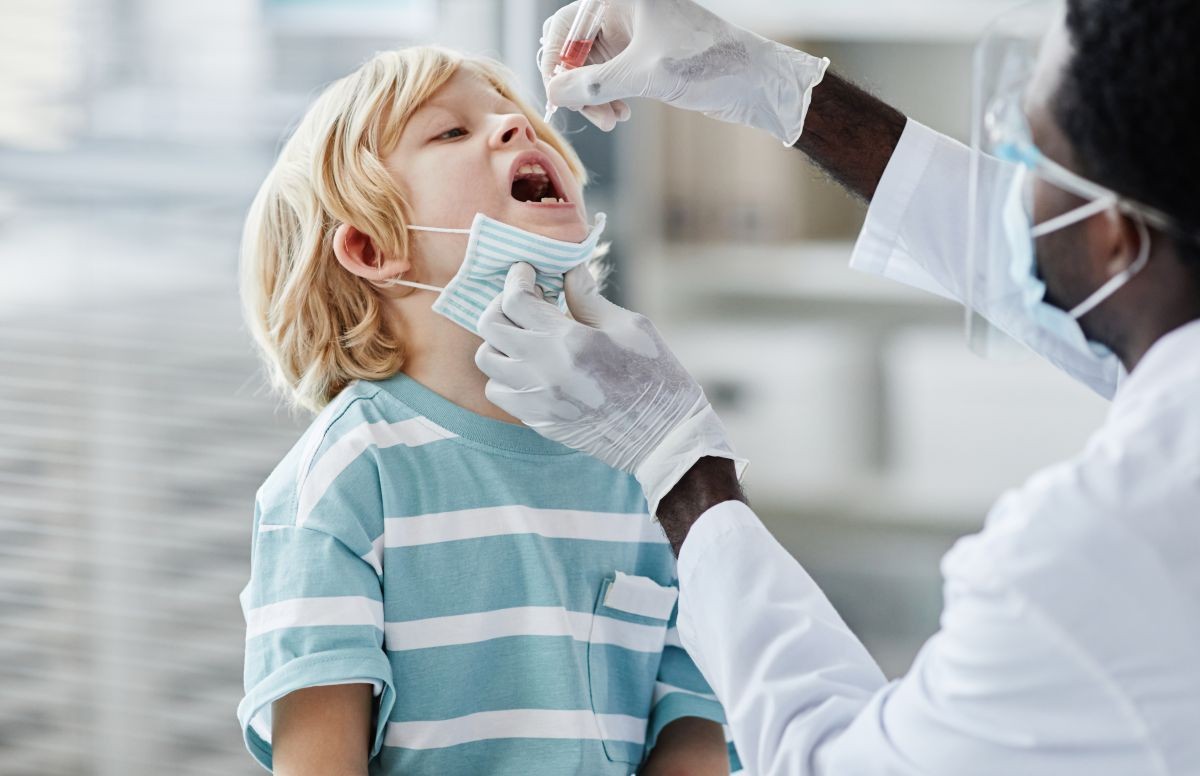Published - Thu, 26 May 2022

MOLNUPIRAVIR: COVID-19 ORAL ANTIVIRAL DRUG
This
is good news because this oral antiviral is a COVID-19 treatment option for
people who are at high risk of serious illness. The Merck COVID-19 pill is an
antiviral that prevents the SARS-Cov-2 virus from replicating properly,
lowering viral load and reducing symptom severity.
Molnupiravir
will only be available with a doctor's prescription. This antiviral pill will
not be available to everyone without a prescription, and the eligibility
criteria for each vary. Molnupiravir from Merck will be available to people
aged 18 and up who have screened positive for COVID-19 but have not yet been
admitted to hospital, are at increased risk of getting severe COVID-19, and
have no other FDA-approved COVID-19 treatment options available to people or
that are clinically appropriate for them. Your doctor will explain whether or
not you are eligible for an oral antiviral and which option is best for you.
Molnupiravir
should be given as soon as possible after a COVID-19 diagnosis and within five
days of the onset of symptoms. It's important to remember that the pill should
only be taken if you've had COVID-19 symptoms. Molnupiravir is taken orally
every 12 hours for five days, with or without food, at a dose of 800 mg (four
200 mg capsules). To maximise viral clearance and minimize SARS-CoV-2
transmission, the full five-day treatment course must be completed.
There
are side effects to taking this oral antiviral for COVID-19, as with most
medications. They may also interact with other medications and have an impact
on other health conditions, so talk to your doctor about any medications you're
taking and any preexisting conditions you have. Diarrhea, dizziness, and nausea
are all possible side effects of molnupiravir.
It
is not recommended for use in pregnant women because it may harm the fetus. If
clinically indicated, it should be determined whether a woman of childbearing
potential is pregnant before starting molnupiravir treatment. Molnupiravir is
not approved for COVID-19 pre- or post-exposure prevention, and it cannot be
used in place of vaccination. Despite the fact that this medication is
available to some people, it is critical that everyone who can get vaccinated
against COVID-19 do so. We know that vaccines are safe and effective, and that
they are our best protection against the virus. Get vaccinated even if you've
had COVID-19. Vaccine-induced immunity is stronger and lasts longer than
natural immunity. Adults who have not been vaccinated are twice as likely to
become infected with COVID-19 after recovering from their illness.
Created by
Comments (0)
Search
Popular categories
Latest blogs

All you need to know about Syphilis
Tue, 15 Nov 2022

What is Pemphigus Vulgaris?
Tue, 15 Nov 2022

Know about Scorpion Stings
Sat, 12 Nov 2022

Write a public review